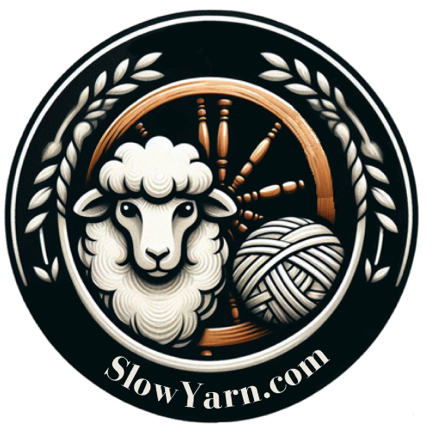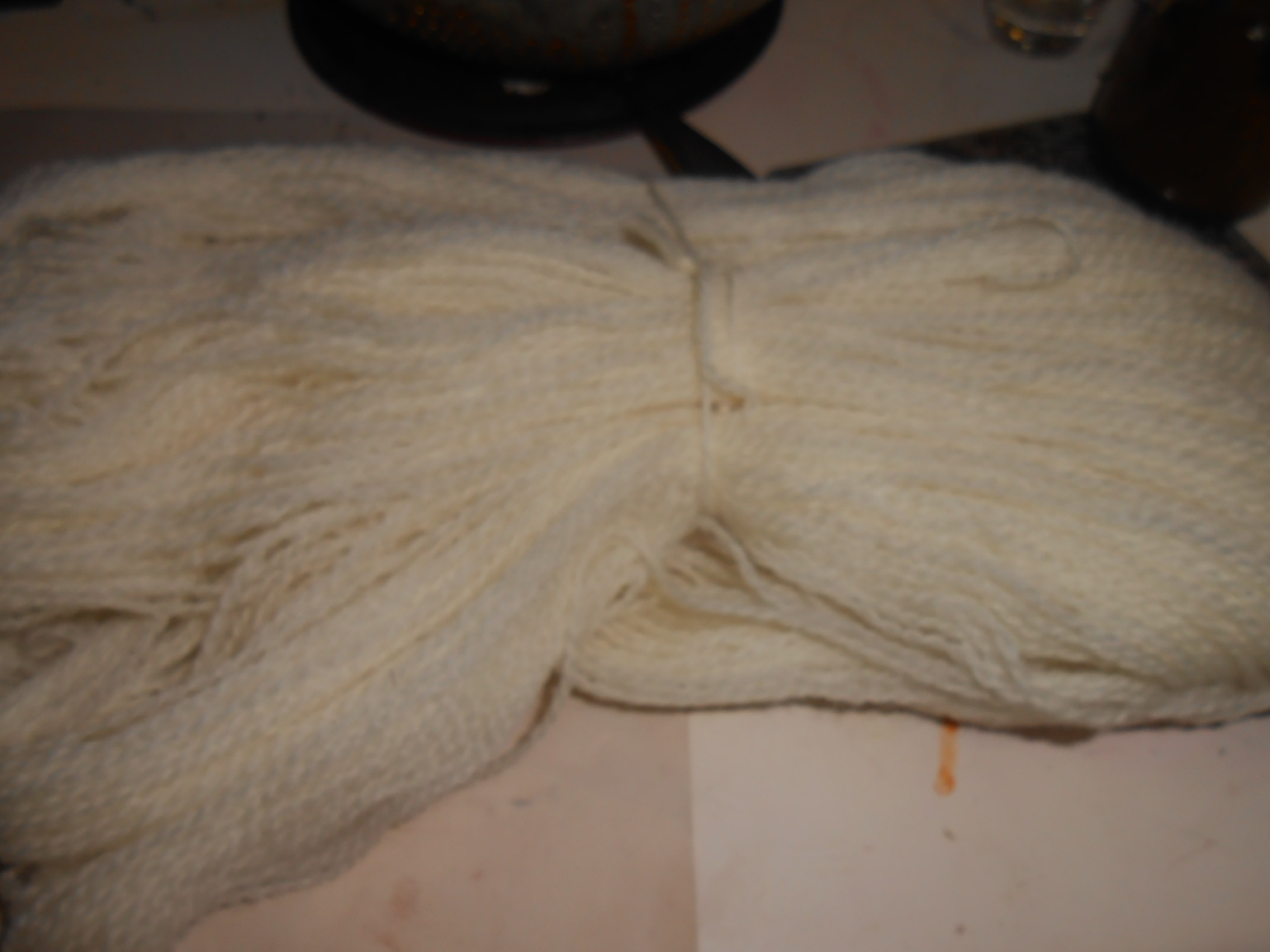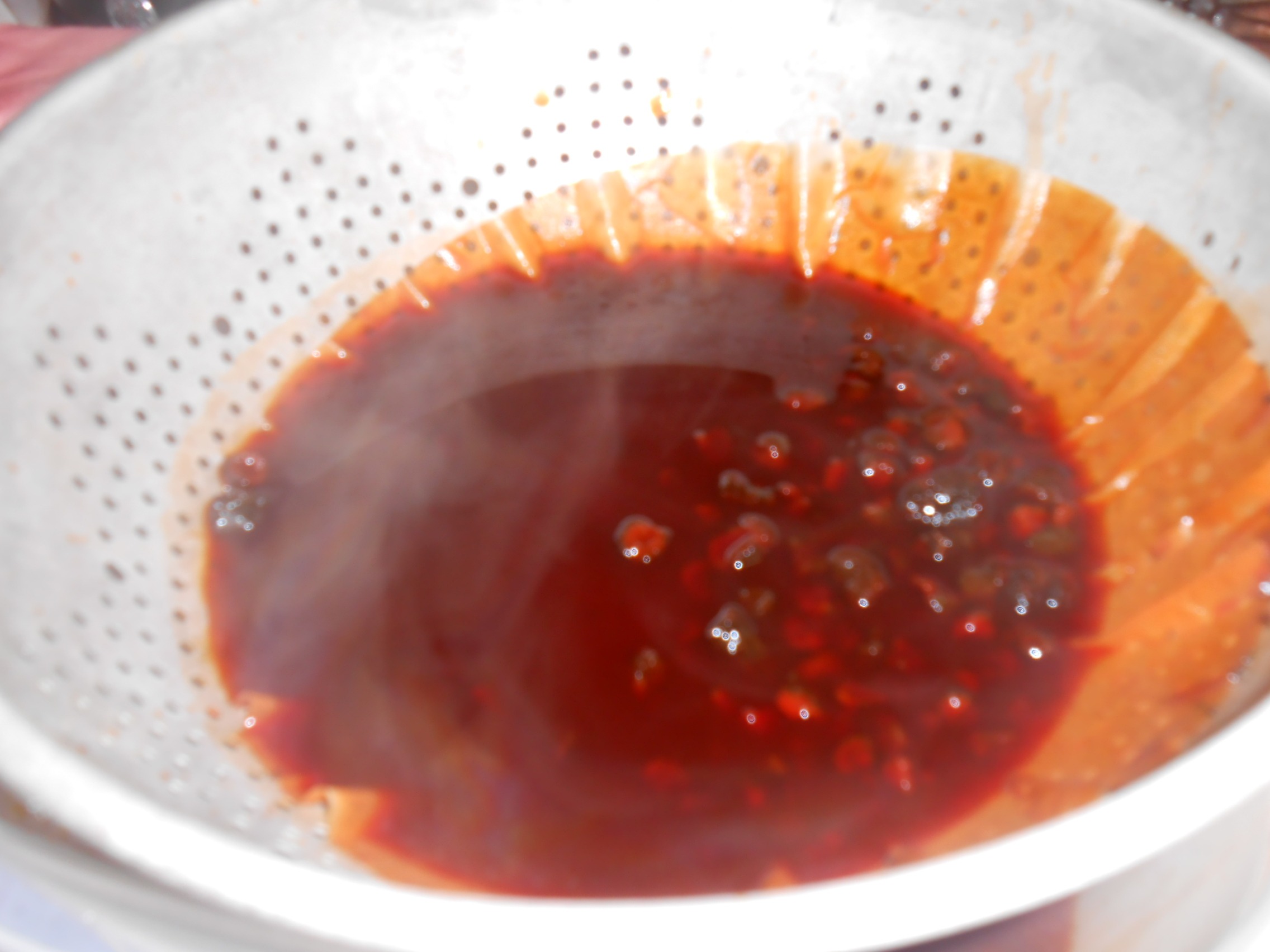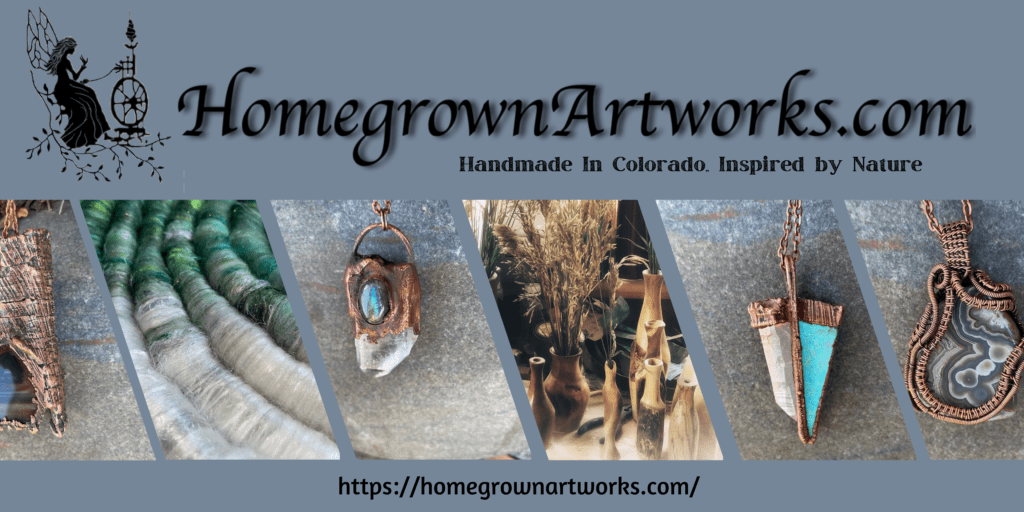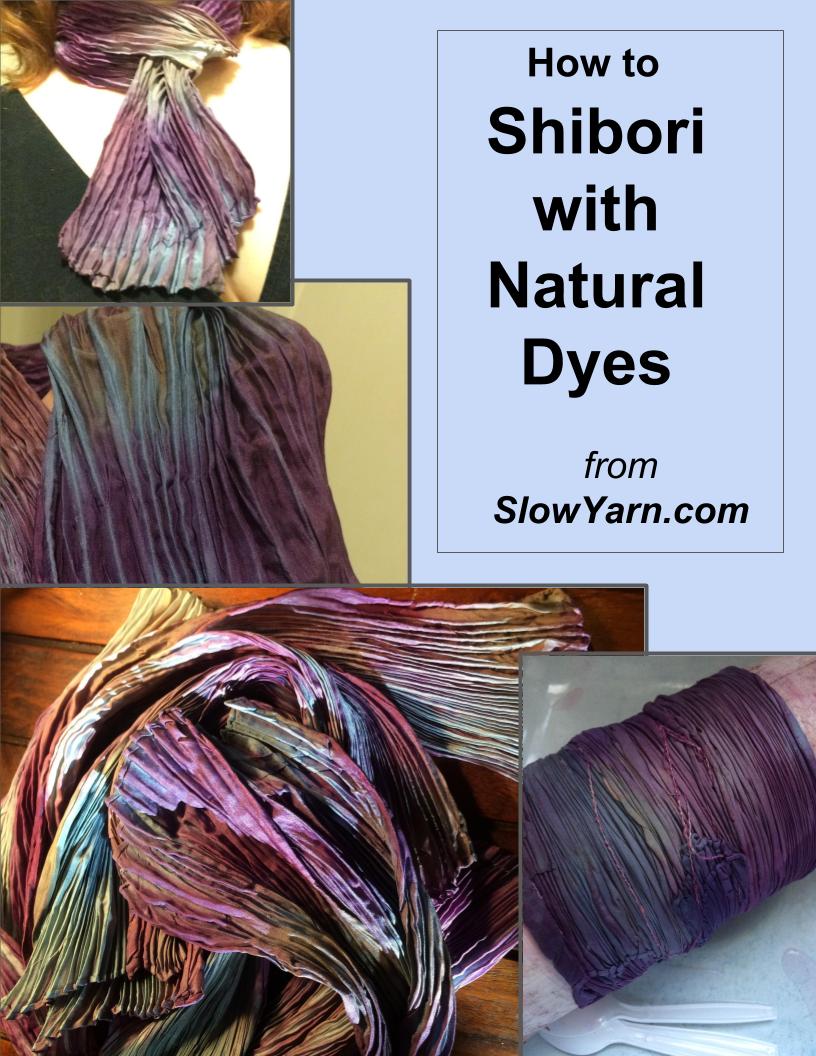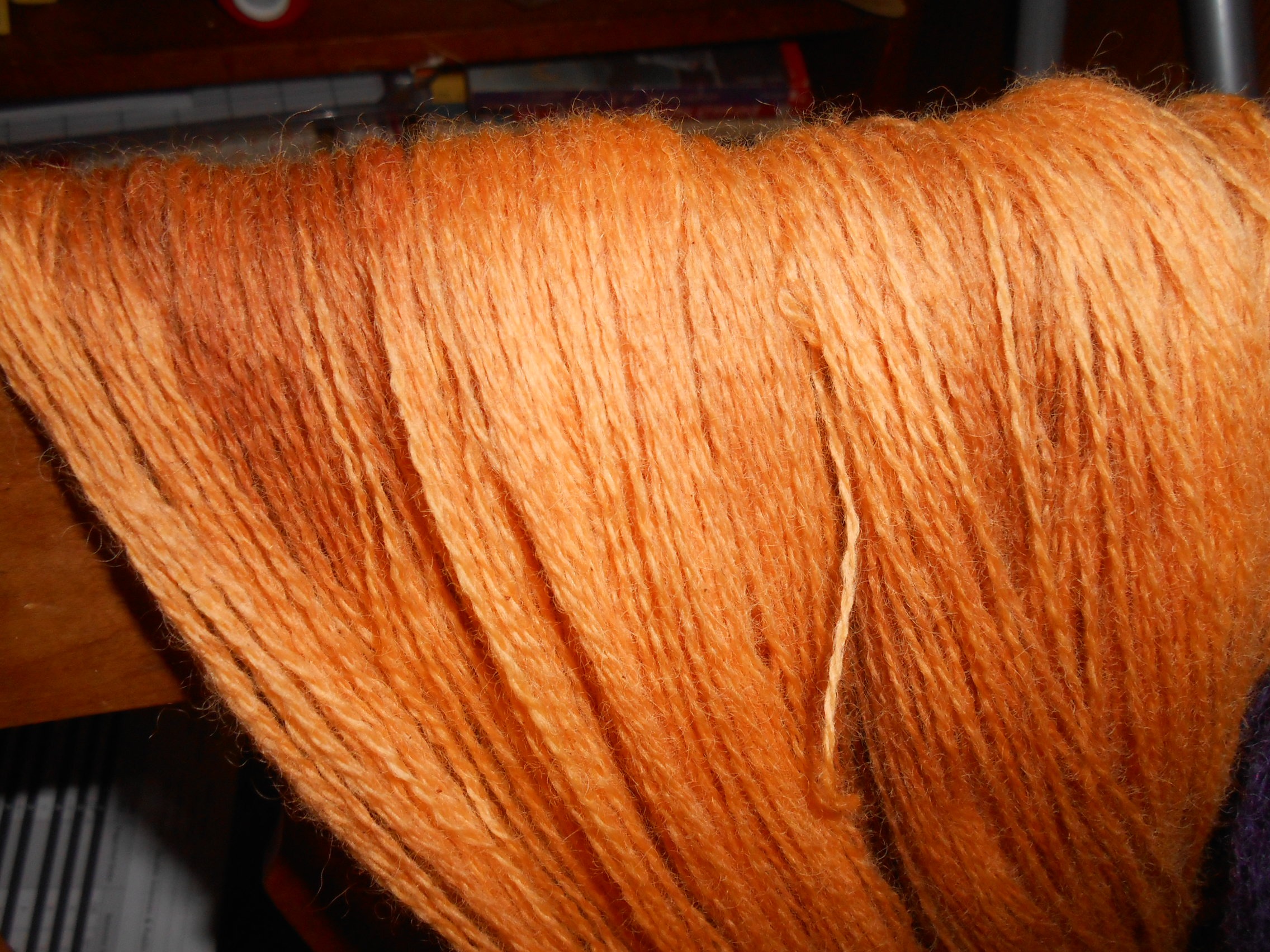
This project was done and written by Lori Kelley-Hannis. She is an experienced natural dyer and longtime member of the SCA. Her Etsy shop can be found here.

It’s A Good Day to Dye
It’s raining blood, sort of. I’ve spent ages the past few weeks looking at natural dyes thinking I want to do that but I live in an apartment. Let’s face it, some natural dyes really reek. I was looking at some of the herbs and roots I have laying around my apartment and came across my big bag of bloodroot. I picked that up and then set my wool to soak in alum. Then I got to work.
I started with 440 yards of Knit Picks ™ Peruvian Highland yarn weighing in at 4 oz or 100grams.

Note from Kelley @slowyarn.com: Lori was using a whole, dried root form of bloodroot. If you use a powdered form, it will give color with a simmer, not a boil.
After that, I placed the yarn into the dye bath sitting in a plastic Tupperware bowl. I allowed it to sit for about three hours, during which time I allowed about 4 oz of wool roving to sit in another alum dye bath.
The color yielded was this incredible rich orangy gold in the first dye bath then mellowing in a butter yellow through the second.
Copyright © 2015-2023 Kelley Adams. All rights reserved.
All text, photos, and graphics are the property of Kelley Adams unless credit is given to an alternative source.
